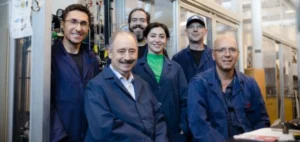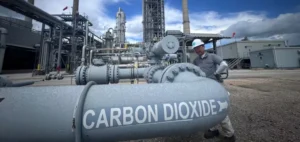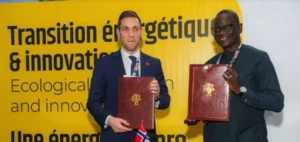A recent study by Wood Mackenzie, a company specialised in energy research, estimates that the markets for Carbon Capture, Utilisation, and Storage (CCUS) and carbon credits will experience significant growth over the next 25 years. The anticipated acceleration will primarily result from increased demand for these technologies and solutions, driven by corporate decarbonisation commitments and more ambitious climate policies.
Increasing investments in CCUS
The report reveals that the global annual carbon capture capacity could rise significantly, reaching 2,061 million tonnes per year by 2050, a 28-fold increase compared to current levels. According to Hetal Gandhi, head of global forecasts and Asia-Pacific research at Wood Mackenzie, this expansion will drive investments estimated at $1.2 trillion in CCUS, primarily aimed at capturing emissions directly at industrial sources.
Moreover, the carbon credits market could reach $150 billion by mid-century. Peter Albin, senior analyst for carbon markets at Wood Mackenzie, attributes this increase to improved regulatory standards and a continuous rise in prices, which are forecast to become five times higher than current levels.
Industrial sectors and new dynamics
Industrial sectors such as energy, steel, cement, and “blue” hydrogen production are among those already adopting these technologies. The report notably indicates that the Asia-Pacific region is expected to experience substantial growth in CCUS installations at recently built coal plants, despite relatively high operational costs.
According to the study, substantial increases in carbon credit prices, starting from 2035, are expected to improve the profitability of CCUS without direct government support, facilitating broader adoption within major industrial sectors.
Regulatory challenges and technical constraints
However, the report highlights several major challenges to fully realising the potential of these markets. Among these are the critical need to enhance the quality and standards of carbon offset credits, clear identification of industrial use-cases, and the necessity of consistent governmental policies and ongoing public funding, particularly over the next decade.
Mhairidh Evans, Vice President and Global Head of CCUS Research at Wood Mackenzie, considers that “the CCUS and carbon credit markets are currently undergoing a crucial phase requiring rapid resolution of regulatory uncertainties and infrastructure challenges to ensure their future development”.






















